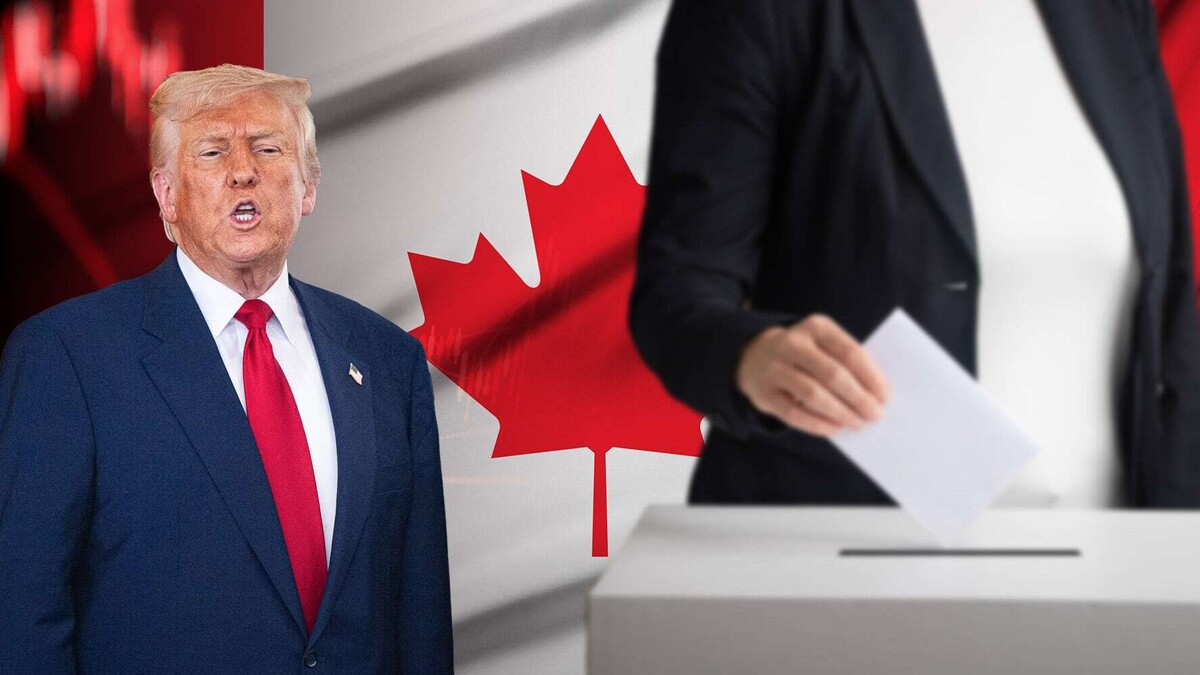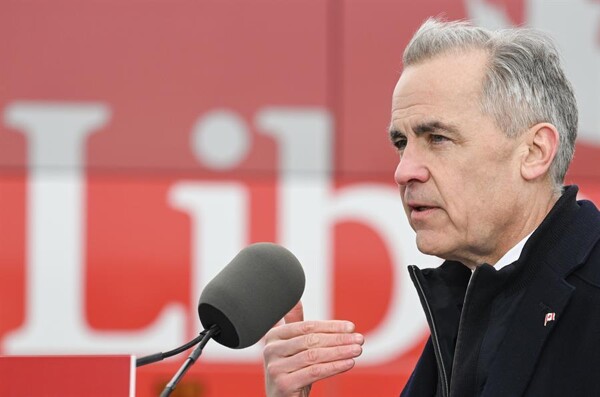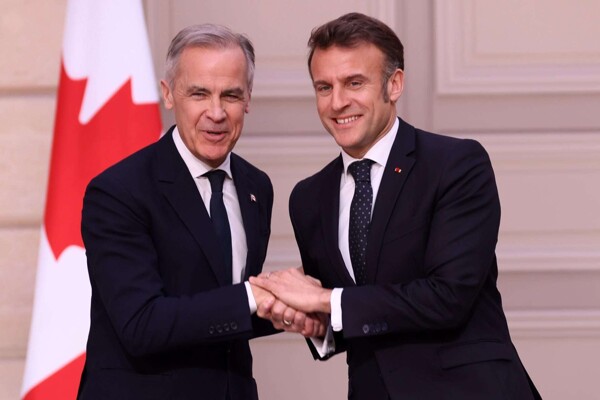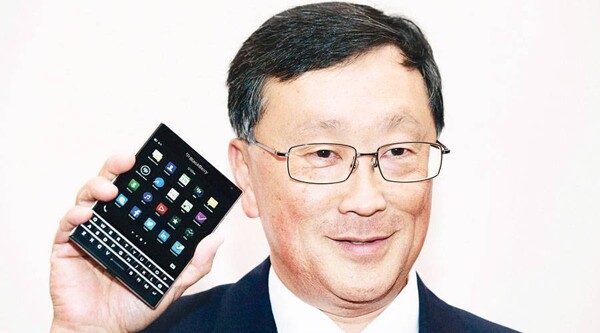
The former governor of the Bank of England, Mark Carney, stated that a government led by him would achieve 2 percent by 2030, while Pierre Poilievre promised to meet this goal if the United States expands its trade with Canada. Canada's debt-to-GDP ratio, which stands at 42 percent, offers some fiscal leeway. The liberals commit to presenting their fiscal projections before the elections.
Four out of five Canadians express concern about the federal deficit, especially after the tariffs imposed by Trump on Canadian imports. The demand for spending is rising, despite these concerns. Trump's tariffs threaten Canadian GDP growth, with fluctuations in the markets since April.
Stephen Brown from Capital Economics stated that Trump's tariff fluctuations could slow Canadian GDP growth and increase underlying inflation. It is expected that the response to stagflation caused by a trade war will be more fiscal than monetary.
Pierre Poilievre proposes tax cuts as the centerpiece of his economic platform, while Tiff Macklem from the Bank of Canada suggests keeping interest rates stable. Carney and Poilievre plan to use tariff revenues to support affected businesses and workers.
Canada faces pressure to increase defense spending in light of demands from both parties to boost investment in this sector. Leaders talk about moderating spending, but campaign promises and the trade war indicate a more expansive fiscal stance.
Carney proposes dividing the budget into operational and capital expenditure, balancing the former in three years and financing projects with a 1 percent GDP deficit in the latter. The parties compete with promises of tax cuts and protection against Trump's tariffs.
The elections in Canada on April 28 have a significant economic and political impact, with Trump threatening the Canadian economy and sovereignty. The fight against recession and costly campaign promises pose fiscal and debt uncertainties in the country.













